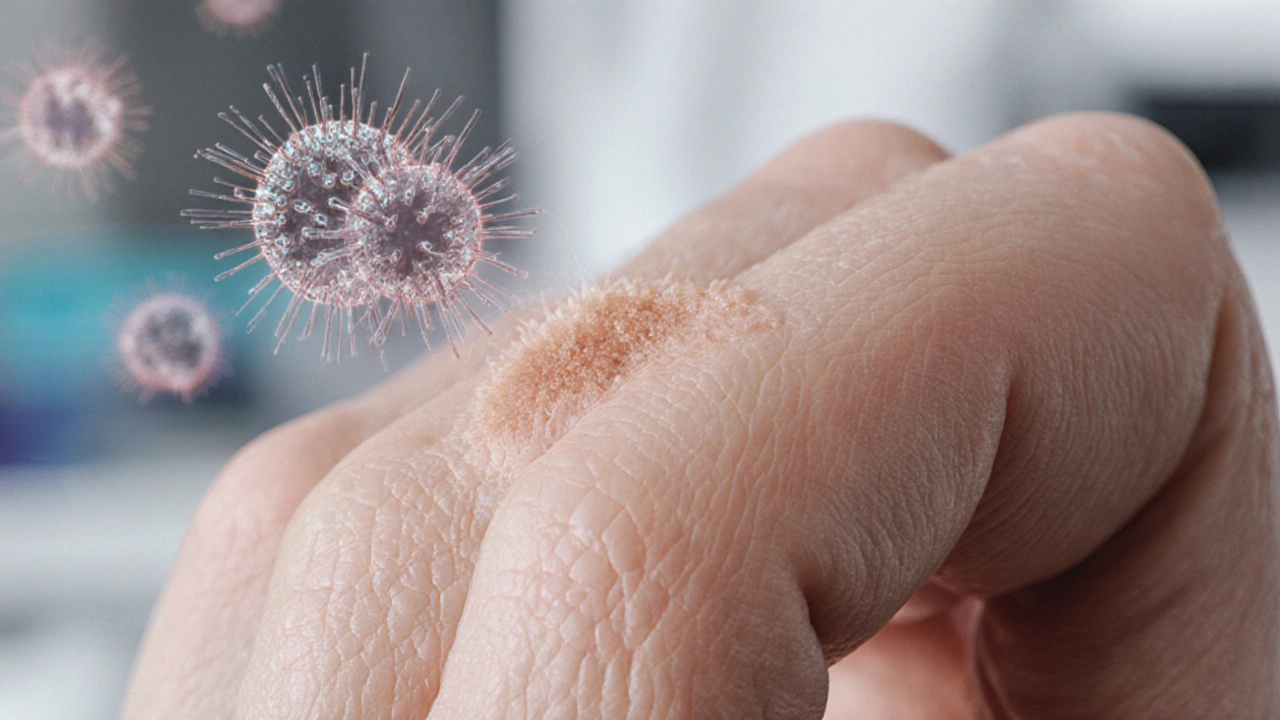
Learn how HPV causes common skin warts, identify risk factors, explore treatment options, and discover preventive steps, including vaccine insights.
When talking about human papillomavirus, a group of more than 150 related viruses that infect skin and mucous membranes. Also known as HPV, it spreads mainly through intimate skin‑to‑skin contact and can stay hidden for years. human papillomavirus is best understood when you see how it connects to other health pieces: the virus can trigger cervical cancer, a serious condition that ranks among the top cancers for women worldwide, and it can be caught early with HPV testing, a lab method that looks for viral DNA in cells. The most powerful shield is the HPV vaccine, which trains the immune system to block infection before it starts. These three entities—HPV, the vaccine, and the cancer it can cause—form a loop: the virus causes disease, testing catches it early, and vaccination prevents it. Understanding that loop helps you decide on prevention, screening, and treatment options.
Beyond the core trio, a few more players shape the HPV story. Sexual health matters because the virus spreads most often through vaginal, anal or oral sex, and it can affect anyone who’s sexually active, regardless of age. Knowing this, public‑health guidelines recommend vaccination for pre‑teens but also for adults up to age 45 who missed it earlier. Another related entity is immunotherapy, a newer treatment that boosts the body’s own defenses to fight HPV‑related cancers, especially when surgery or radiation aren’t enough. Finally, screening programs like Pap smears and HPV DNA tests act as early warning systems, catching abnormal cells before they become malignant. These elements—sexual health, immunotherapy, and screening—interact with the central virus and its vaccine, creating a comprehensive prevention and care network.
All these pieces answer common questions: How does HPV cause disease? What does the vaccine protect against? Who should get tested and when? In the list below you’ll find practical guides that break down mood changes from hormonal meds, coping tips for treatment side effects, drug comparisons, and more. While the articles cover a wide range of women's health topics, they all tie back to the idea that knowing the facts empowers you to make smarter health choices. Dive into the posts to see how each piece fits into the bigger picture of protecting yourself from HPV and managing its possible outcomes.

Learn how HPV causes common skin warts, identify risk factors, explore treatment options, and discover preventive steps, including vaccine insights.